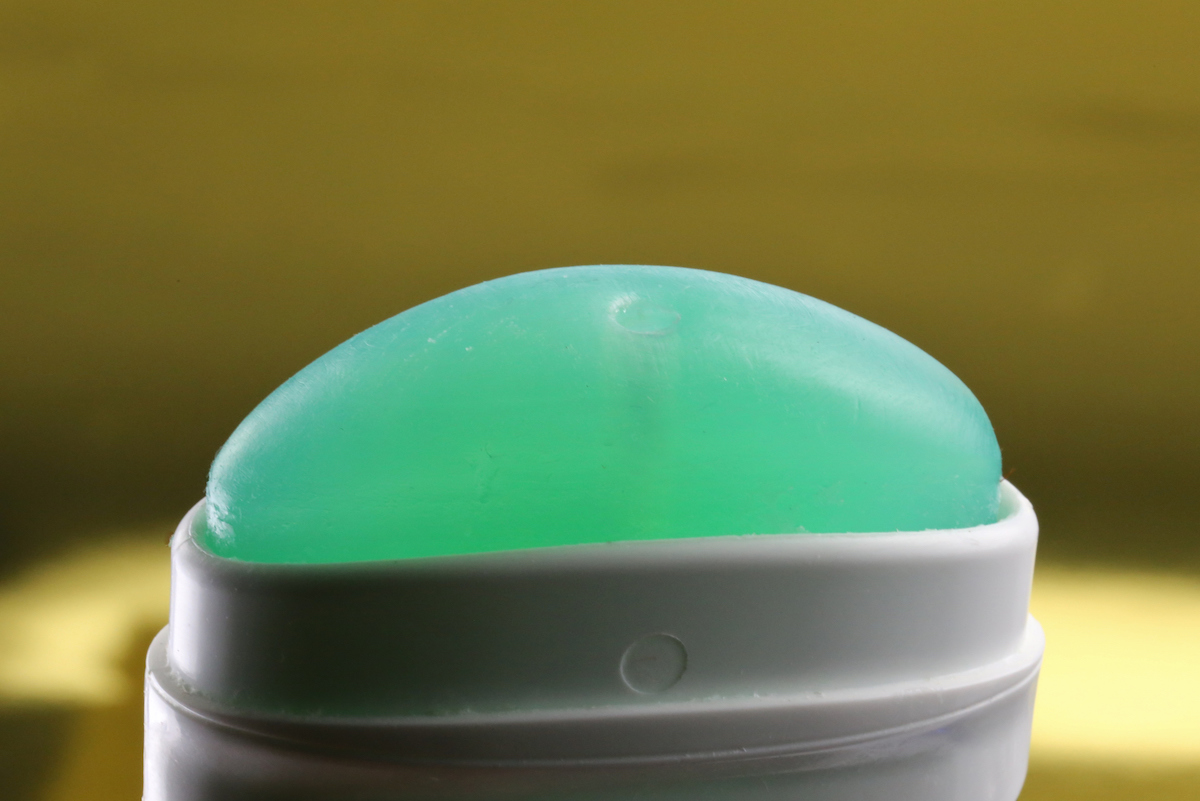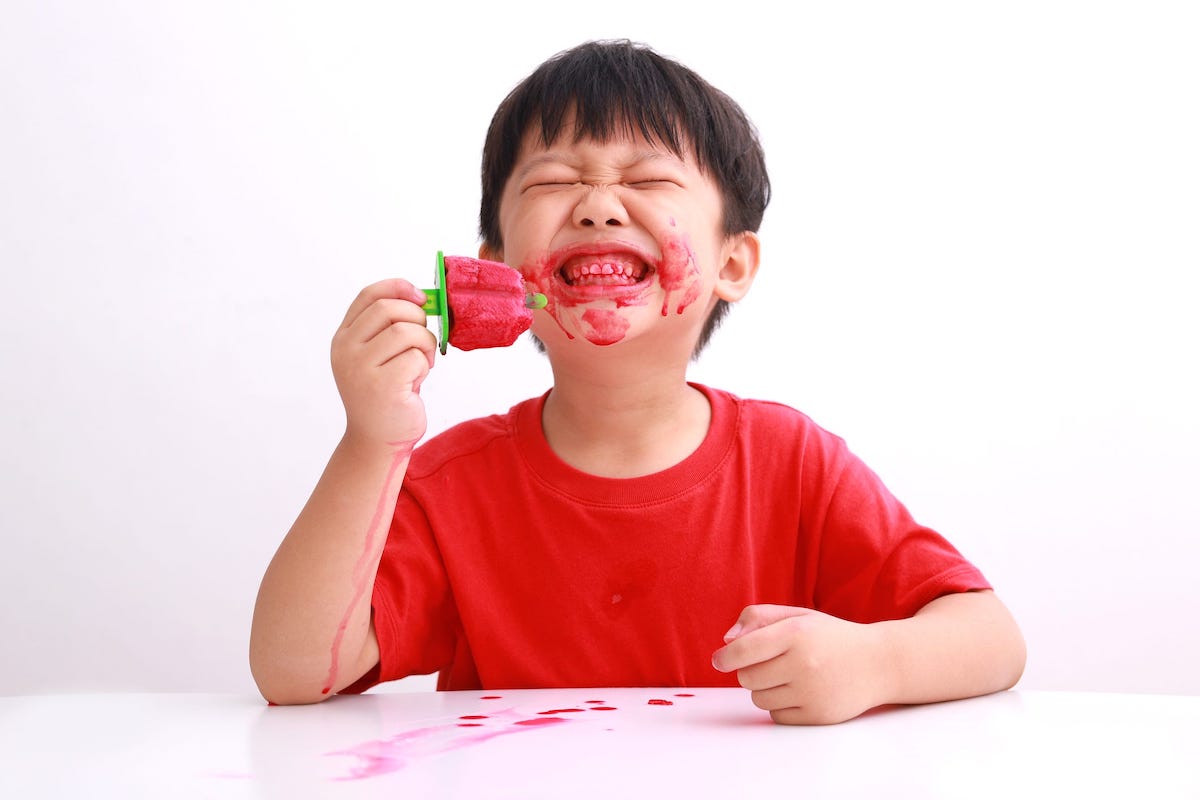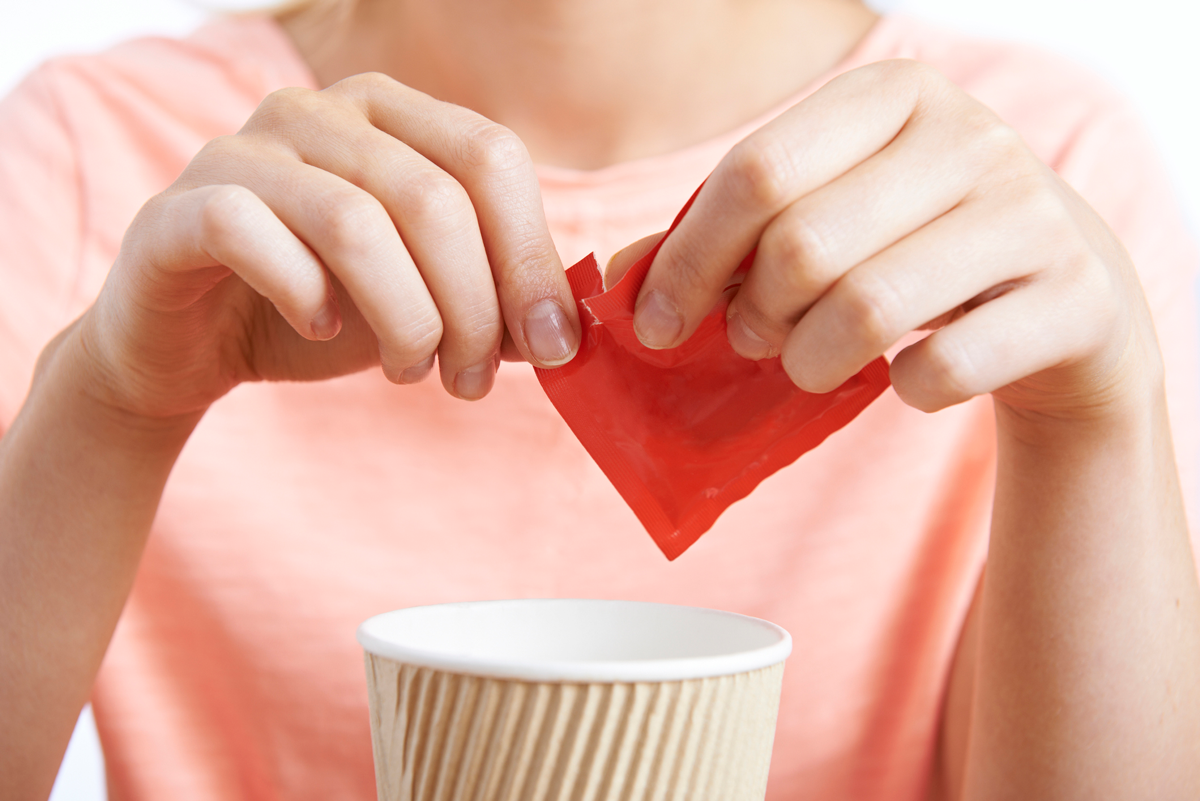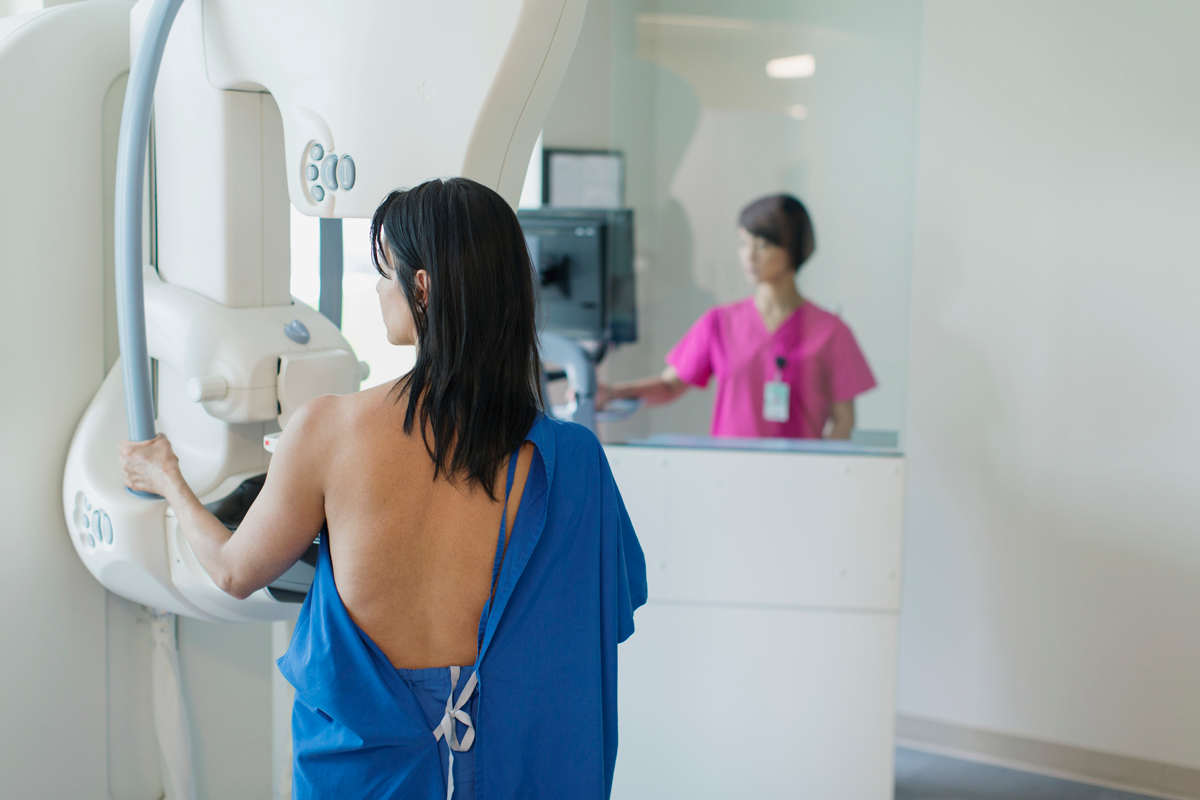When I was a kid, we had an alarm in the house with a motion sensor. It was mounted on the wall in the hallway and covered with a wooden box. This, my friends, was the “Zapper Stopper.” Its goal, as I recall, was to stop whatever dangerous radiation was coming out of the motion sensor. I never really questioned the validity of this explanation (which, to be fair, I may be remembering wrong), but I think of it frequently when people write to me expressing their concerns about electromagnetic fields (EMFs).
“Is it dangerous to use a white-noise machine near the baby?”
“Should I not buy a house near power lines?”
“Will cellphones give me cancer?”
EMFs are everywhere, and so, it seems, is fear of them. This fear is often quite nebulous, but in the medical literature the primary concerns are about cancer, especially childhood leukemia and brain cancer.
Conceptually, there are two questions here, associated with two different types of exposure. First: Is there evidence of risks from exposure to power lines, in-home appliances, or heating sources — all of which produce low-frequency electromagnetic fields or magnetic fields? Second: Is there evidence of risks associated with cellphones and other radio-frequency or microwave fields?
We’ll take these in turn.
Low-frequency fields
The International Agency for Research on Cancer is one organization tasked with evaluating what exposures — environmental or otherwise — contribute to cancer risk. The IARC has classified low-frequency electromagnetic fields as “possibly carcinogenic to humans” (its classification is “Group 2B evidence”). On one hand, this sounds scary. However: these classifications are generally very conservative, and this evidence level is lower than (for example) its assessment of the risk of red meat (Group 2A) or processed meat (Group 1).
Diving into the data, we start to see why this assessment is equivocal. Put simply, the data is a bit confusing.
Broadly, studies in this space focus on analyzing the relationship between some measure of EMF exposure and a cancer outcome. Within the exposure measure, we see both studies of occupational exposure and studies of more casual exposure (in the home, etc.). In both cases, the results are conflicting.
To be more concrete: we can start with this 1997 study in the New England Journal of Medicine that focused in particular on the question of power-line exposure and childhood leukemia. This is a case-control study — the authors identified 638 children with leukemia and 620 control children without the disease and compared their power-line exposure. What’s especially good about this study is that they actually measured the EMF levels in the children’s houses, so we have a numerical measure of the treatment.
The paper does not find a significant relationship between EMF exposure level and childhood cancer. In terms of magnitude, their estimate comparing moderate exposure with low exposure is 1.24 — meaning the higher-exposure group had a 24% higher rate — but from a statistical precision standpoint, they cannot rule out that this group had a 14% lower rate, or a 79% higher rate. In other words, the estimates are somewhat imprecise.
For the most part, other individual studies come to the same conclusion that there is no significant relationship, but they also all tend to be imprecise (e.g. this one in Canada). Often, in cases where we have many small studies, a meta-analysis approach can be effective at increasing precision. In 2021, a study came out that combined 30 smaller studies, for a total of almost 200,000 participants.
Even with a much larger sample, this meta-analysis still finds mixed and somewhat imprecise results. For example: they see a small but significant increase in leukemia risk with exposure, but no significant evidence on overall cancers. The risk they observe for leukemia is exactly the same magnitude as in that 1997 study discussed above — about a 25% increase; the only difference is that with the larger sample, they can reject an effect of zero.
But! These effects are still very small in magnitude — a 25% increase may seem big, but the yearly risk of childhood leukemia is about 5 in 100,000, so in absolute terms the increase is limited. Moreover, the studies that make up this meta-analysis are subject to many of the issues this newsletter often concerns itself with — notably, the possibility of other differences across groups that relate to the outcome.
This pattern of small, inconsistent results moves across other settings. A study of occupational exposure to high levels of EMF in Switzerland shows no difference in overall cancer rates for groups with higher exposure, but maybe a hint of an increase in two kinds of cancer when exposure is very high. Again, though: the effects are statistically imprecise and subject to the concern that there might be other differences across the groups.
I could go on (a large study of children in Finland, for example), but the patterns in what we see in the data are consistent. With such a rare outcome, it’s hard to be precise about any conclusions, and in most cases we see largely reassuring results and occasionally a hint of a small relationship.
At best, this epidemiological evidence is inconclusive. It’s also complicated by the fact that there is no mechanistic reason to think this would be true, no animal model that would suggest a link. In some cases — like, say, aspartame — we can point to evidence showing that if mice are fed a diet entirely made up of this substance, they are more likely to have tumors. That doesn’t prove a link in humans consuming far lower doses (and, indeed, in that case such a link is pretty tenuous), but it at least generates a biological plausibility argument. Here, we do not have that. While that doesn’t rule out a link, it is another missing piece.
It is important to also say here that when concerns are raised about exposure, they are nearly always about exposure at high levels, to power lines or other environmental factors. The kind of exposure that comes out of household appliances (i.e. all your questions on white-noise machines) is much, much more minimal.
The question I typically get about this is along the lines of “Should I change where I live as a result of power lines?” Looking at the evidence, I would say no. The evidence base here for any link at all is weak, and even at the top end, any effects identified are extremely small.
Cellphones
Let us now turn to the question of whether cellphones cause brain cancer, which is the primary concern with that exposure. Below is a graph of cellphone subscriptions and brain cancer, from 2000 through 2019. (Brain cancer data is from the SEER registries, cellphone data from cell providers.)
I start with this graph because I think it pretty clearly illustrates why any really large link between these two variables is implausible. Cellphone usage has exploded over time; brain cancer rates have, if anything, declined. Now, before you comment angrily about statistics, I am aware that this isn’t dispositive. The timing is complicated — maybe a long period of cellphone usage is bad, and we might see more increases in the future. Or maybe people used cellphones less intensely in the past, or farther from their head. However: the basic overall fact that brain cancer has been declining slightly over the past 20 years makes the cellphone hypothesis quite unlikely.
There are some papers, and at least one meta-analysis, that have suggested that cellphone usage might be correlated with cancer incidence. These have come under a lot of scrutiny, though, and a lot of criticism. In particular, researchers have made a more formal version of the argument implied by the graph above — noting that if the effect sizes in some of these studies were true, they would imply wildly different overall trends in cancer incidence over time.
Bottom line: there is no reason to think your cellphone gives you cancer. It might be a good idea to spend less time on your phone (or less time doing what my children describe as “phone zombie-ing”), but this isn’t the reason why.

















